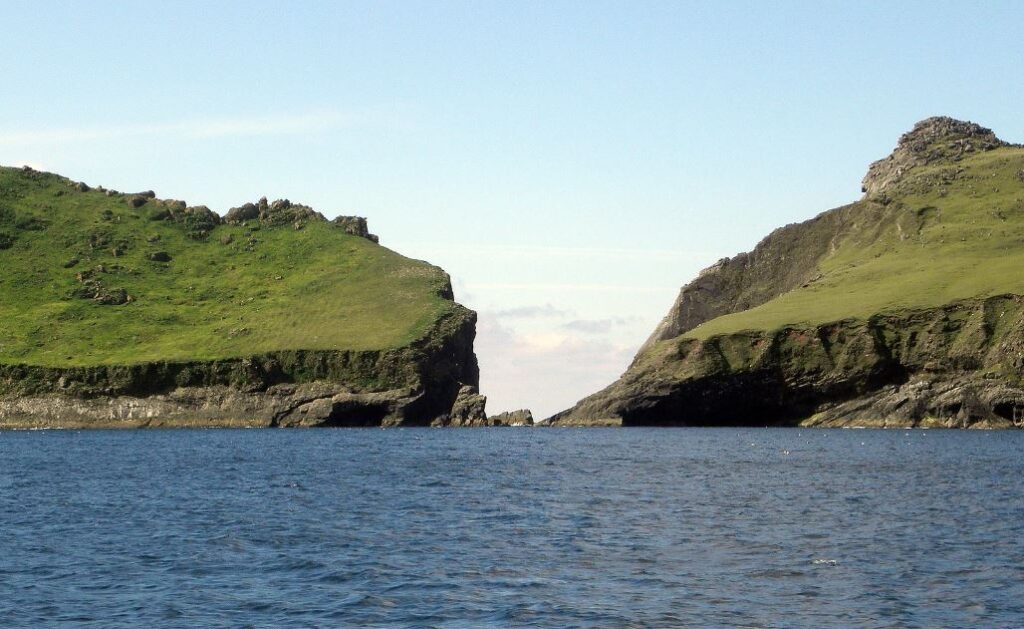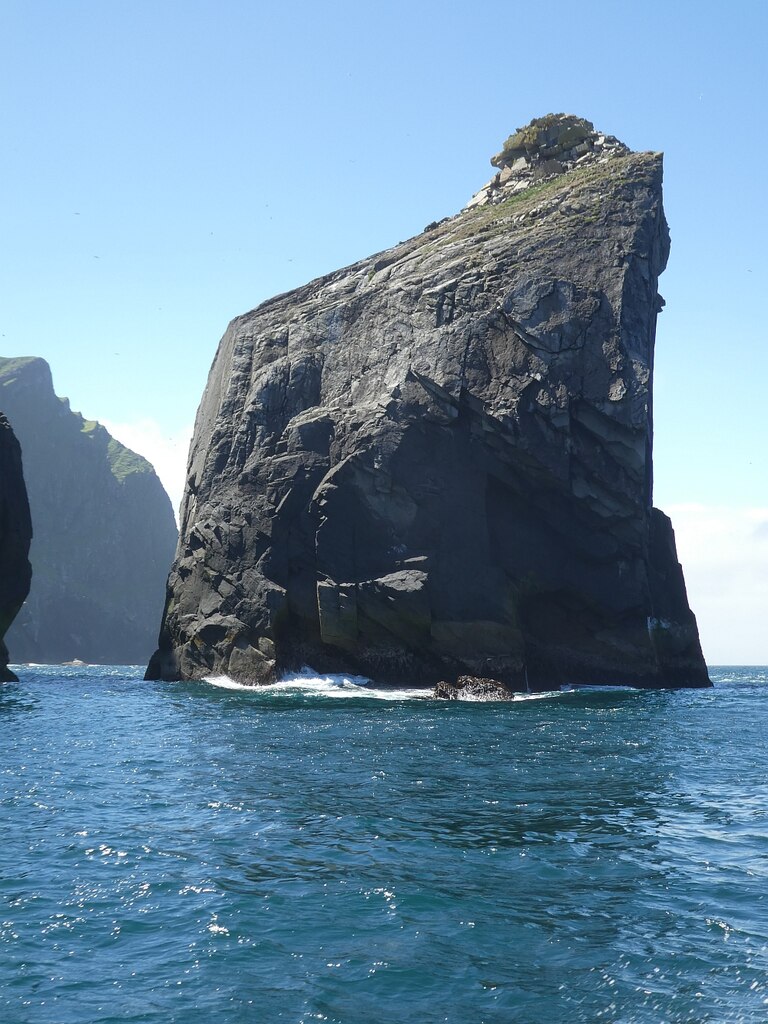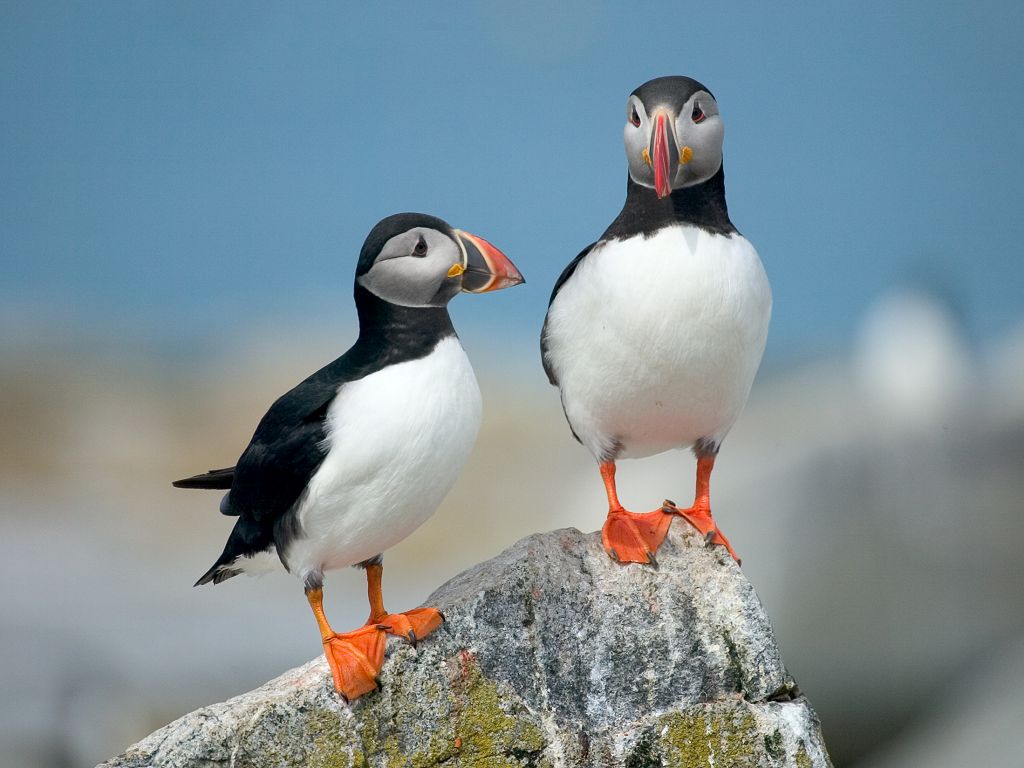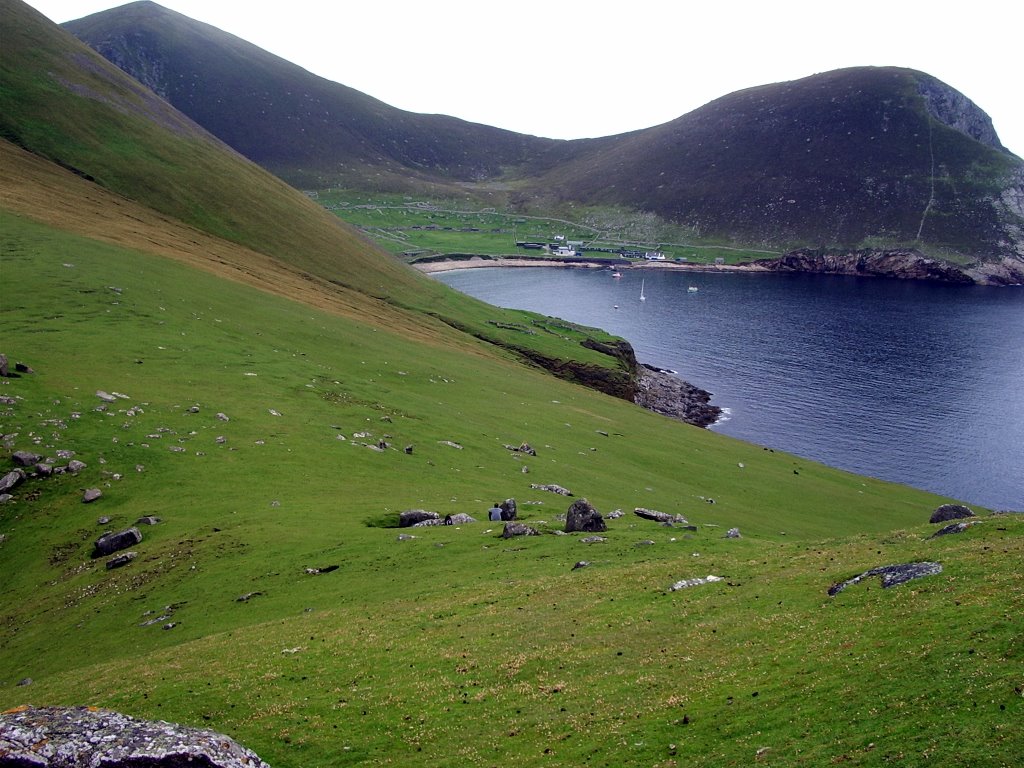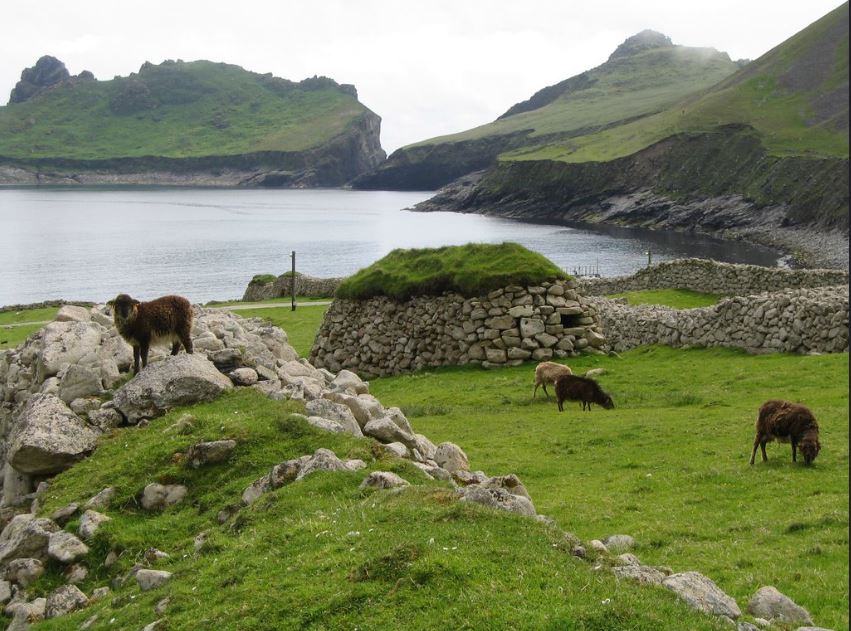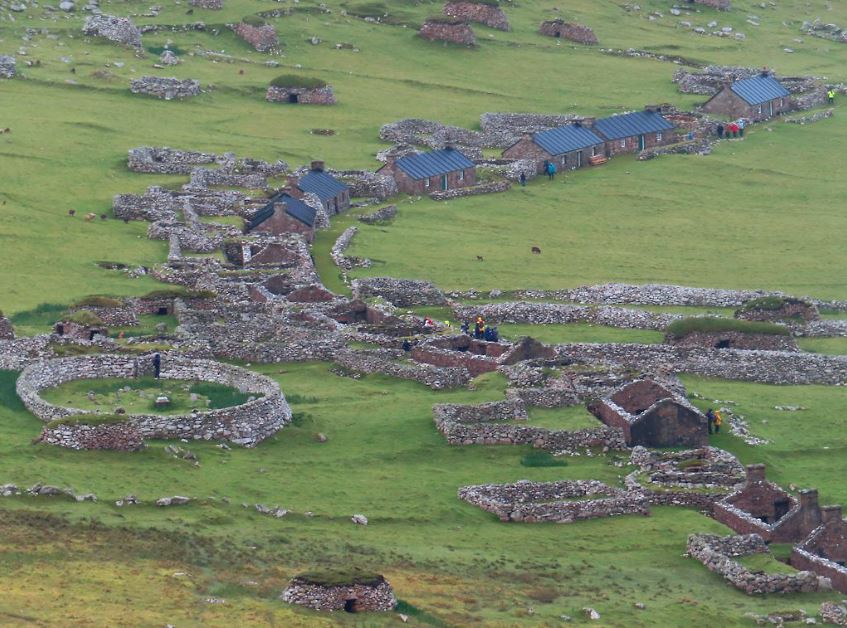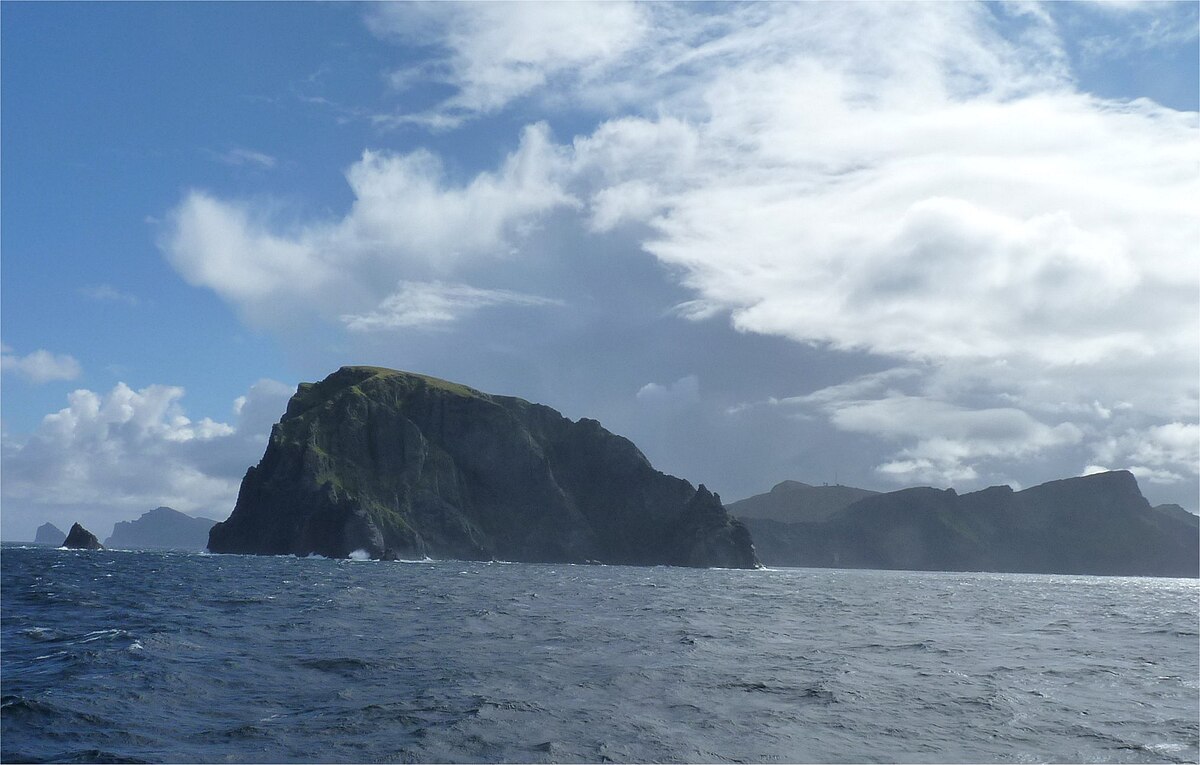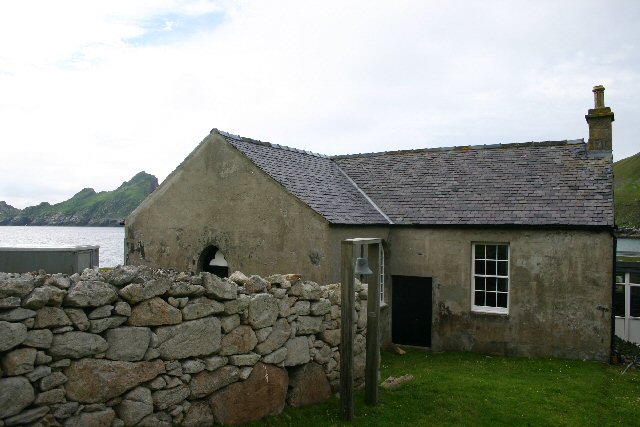The St Kilda World Heritage Site is a haven for Scotland’s storied past. Flocking seabird colonies, abandoned villages, and a unique island ecology make these remote islands a fascinating place to discover on holiday. While St Kilda is far-flung with few travel options, it’s one of Scotland’s most beautiful World Heritage Sites.
While Mainland Scotland has many fantastic attractions, the natural and cultural qualities of St Kilda are unrivalled. It’s one of the only places in the world to have a dual UNESCO World Heritage Site and the only one in the United Kingdom. If you love history and island life and want to learn more about St Kilda, you’ve come to the right place. St Kilda is managed by the National Trust for Scotland, which ensures the continued upkeep of this amazing landscape.
We’ll be breaking down everything you need to know about St Kilda, including the best ways to reach the remote islands and the attractions you can look forward to while you’re there.
Opening Times and Ticket Prices
With such a rich cultural landscape, you expect to pay a fair bit to visit this national nature reserve. Ticket prices to visit St Kilda are free. However, taking a specialised tour of the islands from ports in the Outer Hebrides will require payment.
Similarly, St Kilda is open daily throughout the year. If you want to enjoy a unique summer or winter experience, this attraction may be for you (if the boats are available).
How to Get to St Kilda Heritage Site
The journey to St Kilda is not for the faint of heart. You can reach the isles within two to three hours aboard, and there are several options. Private boats and tours are the main way to reach the island from popular ports along the Isle of Lewis and Harris, North and South Uist, and Barra.
Typically, St Kilda trips navigate the beautiful coastline of the islands before arriving at Village Bay. Visitors spend a couple of hours exploring the island on guided tours, tackling the highlights like the history of St Kilda, Scotland, its 17th-century settlements, and wildlife on the island.
Once you’ve had your fill, hop back aboard and enjoy the brisk waters of the North East Atlantic as you make your way back to the west coast of the Scottish Mainland. These tours usually take up an entire day, from 7:30 to 17:00, so remember this when planning your trip.
Tours to St Kilda also typically occur between May and October, with summer as the most popular time for St Kilda boat trips. There are very few, if any, boat trips to the St Kilda island during winter.
Attractions at St Kilda World Heritage Site
St Kilda presents a fantastic range of attractions for nature lovers and history buffs. Everywhere you turn, you’re bound to see something that piques your interest. A complex ecological dynamic arose from the island’s isolation, but that’s only the tip of the iceberg of what you can enjoy here.
Here are the top attractions to look forward to at the St Kilda Heritage Site
Take a Boat Tour Around the St Kilda Archipelago
As you carve through the waves of the North Atlantic aboard charter boats, you may be treated to a tour of the St Kilda archipelago as part of your experience. The oceanic influences have caused some dramatic changes to the local geology. You can see monumental sea stacks spiralling from the ocean floor next to cliffs teeming with bird life.
St Kilda has the highest sea cliffs in the British Isles, with the tallest (Conachair) stretching 426 metres tall! This, coupled with the sheer and luscious landscapes of the islands, gives St Kilda an eminence of being a bastion of life amongst the surrounding seas.
Along with the dynamic landscape, the marine environment around St Kilda is thriving with sealife. Seals, orcas, and dolphins are common island visitors, but the most famous residents of St Kilda today are its seabirds.
See Atlantic Puffins
That’s right, you can see puffins when you visit St Kilda! The immense range of birdlife on the islands makes it a location of special scientific interest. The very high bird densities on St Kilda make it the largest seabird colony, with over one million (yes, you read that right) sea birds present on the island during the height of its breeding season.
Bird-watchers have a lot to look forward to at St Kilda, including gannets, fulmars, guillemots, kittiwakes, and so many more! Between April and August, these western isles are also home to over 300,000 pairs of puffins. This makes up over half the United Kingdom population of Atlantic puffins, so if you want to ensure you see them, then this is the place!
Stop by St Kilda Village
Animals aren’t the only evidence of life on St Kilda. The island has been host to human life since prehistory. The St Kilda Village is evidence of life and age-old traditions, with physical tools placing humans on the island over 4000 – 5000 years ago. This was during the Bronze Age, but it’s uncertain when human occupation first occurred at St Kilda.
St Kilda Village has built structures that date back to the 1830s, but their builder, Reverend Neil Mackenzie, found burial cists in Village Bay. The current village is made up of the remains of Hebridean blackhouses of the time, with several hundreds of storage for bird eggs, feathers, harvest crops, and peat and turf used for fueling fireplaces.
This village is an outstanding example of the bountiful opportunities that St Kilda had at the time. The population could sustain themselves for several years with fish and livestock on the land. It makes the evacuations of the islands that much more tragic.
If you want a break from the national scenic area, then paying a visit to St Kilda Village is a superb change of pace.
Check out St Kilda’s Unique Wildlife
When the residents of St Kilda travelled to and from the remote islands, they brought livestock and pests. Over time, the archipelago’s remote location has caused an immense diversity in wildlife and animals. Two outstanding examples are the island’s sheep and wren.
Boreray Sheep and Soay Sheep
Sheep farming was immensely popular, as sheep offered wool and meat for St Kildans. The sheep you’ll find on St Kilda today, specifically the Boreray Sheep and Soay Sheep, are one of the rarest sheep breeds in the UK. They resemble Bronze Age sheep and are a unique endemic sub-species only seen on one or two of the Western Isles of Scotland.
St Kilda Wren
The St Kilda Wren is a small brown bird that can be seen throughout Scotland, but the St Kilda variant is a slightly different sub-species. It’s a slightly bigger size and more distinct, barring across its body, and it still flies across the island to this day.
St Kilda Field Mouse
While those two endemic sub-species are currently on the island, there’s another species to look out for on the island. The St Kilda Field Mouse was a mouse species that was twice as large as a typical field mouse. They lived on the Isle until the St Kilda Evacuation and showed off the terrestrial biodiversity that bloomed on the St Kilda.
The island’s isolation led to a beautiful natural heritage of animals here, so keep an eye out for them on your travels.
Learn about the St Kilda Evacuation
The island had several hundred years of human occupation, but the extreme conditions prevalent on the island meant that it was no longer sustainable. After the First World War, the island’s population decreased from 73 to 36, and the subsistence economy-based population was made more difficult because the local seabirds contaminated the crops (It is home to the largest colony of birds, after all).
On the 29th of August 1930, the remaining 36 people collectively agreed to leave the island and hop aboard the Harbell towards the Mainland. This marks the end of human occupation in St Kilda’s history, but only the start of the nature conservation efforts by the Historic Environment Scotland.
Tourism to the St Kilda archipelago has skyrocketed since the evacuations, especially for its unique oceanic climate and remote location.
Take a Picture at the Westernmost Point in the UK
You can find St Kilda, Scotland, in the far western corner of the country. The archipelago is the westernmost point in the UK, with the North Atlantic persistently trying to swallow the islands. This unparalleled richness of nature makes it a beautiful location to see the stars and diverse seabed communities around it and take pictures, too!
Four islands make up St Kilda: Hirta, Dun, Soay, and Boreray. Hirta is the main island where much of the cultural heritage can be found, including the stone houses and Bronze Age. Soay is the westernmost Isle of St Kilda and offers an excellent opportunity to take pictures of the island and its surroundings.
Visit the St Kilda Church
The National Trust for Scotland has made a fantastic effort to restore the vulnerable remains of St Kilda’s settlement for visitors to enjoy, including the only church at St Kilda. This was one of the most important buildings on the island, as it housed a schoolroom to its north west.
The building was likely present for many centuries in some form, but the National Trust has restored it to resemble it as it would have been in the 1920s. It’s a beautiful location you should take advantage of as you explore the St Kilda Heritage Site.

